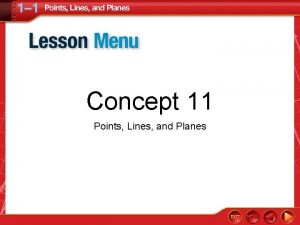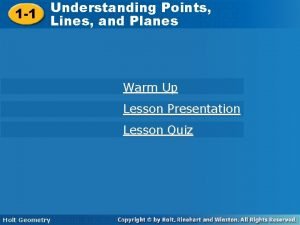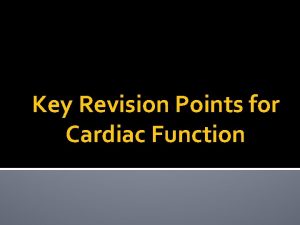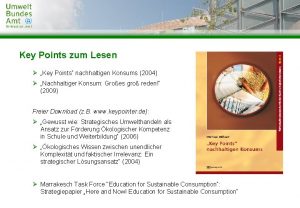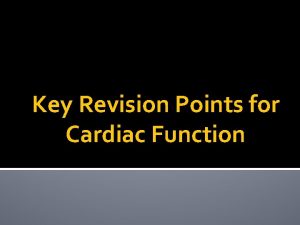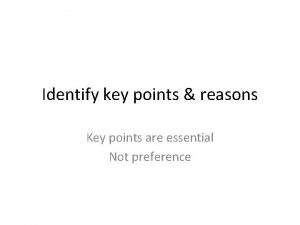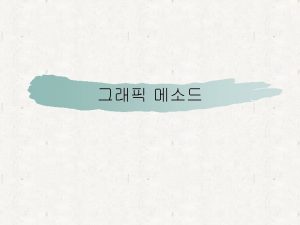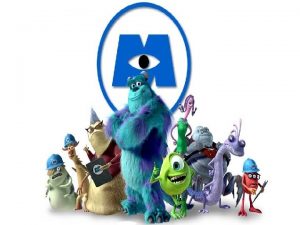1 UNIT 4 MODIFICATION 2 Key points modification










- Slides: 10

1 UNIT 4: MODIFICATION

2 Ø Key points - modification 1) IN SMALL GROUPS CREATE LISTS OF ADJECTIVES. Follow the pattern below. Close your book! IMPORTANCE DIMENSION APTITUDE AND UTILITY HIERARCHY INTENSITY

3 2) FIND GOOD COLLOCATIONS FOR THE FOLLOWING ADJECTIVES eg. sharp → a sharp decline § significant → § acute → § appropriate → § standard → § widespread → § minute →

4 Possible collocations: § significant → a significant number (of), a significant amount (of), a significant increase (in), a significant impact (on), significant development (in) § acute → an acute shortage (of), an acute infection, acute pain § appropriate → an appropriate approach (to), an appropriate response (to), an appropriate behaviour, an appropriate method § standard → standard practice, standard procedure, a standard error, standard English § widespread → widespread use, widespread concern, a widespread belief § minute → minute quantities, in minute detail, minute particles

5 3) FIND THE CORRESPONDING ADVERBS, NOUNS OR ADJECTIVES: Adjectives Adverbs Nouns significantly useful accuracy efficient carefully

6 Answers: Adjectives Adverbs Nouns significantly significance usefully usefulness accurately accuracy efficiently efficiency carefully care, carefulness

7 4) IN PAIRS, CHOOSE AT LEAST 5 ADJECTIVES, NOUNS AND ADVERBS THAT WE HAVE JUST SEEN AND MAKE SENTENCES. 5) INDIVIDUALLY MAKE SENTENCES USING THE ADVERBS ON PAGE 49. USE THE PICTURES BELOW. BELGIUM 36 – GERMANY 0 Mount Elbrus = 5, 642 m Mount Kilimanjaro = 5, 895 m Mount Everest = 8, 848 m

8 Ø 4. 2. Audio: maps, medicine and cholera’ 1) 1 ST LISTENING: LISTEN TO THE RECORDING AND WRITE DOWN AS MANY ADJECTIVES AND ADVERBS IN CONTEXT AS YOU CAN. 2) 2 ND AND 3 RD LISTENINGS: LISTEN AGAIN AND THIS TIME, TAKE NOTES OF THE GIST: § WHAT? § WHEN? § WHY § PROBLEMS FACED AND CONSEQUENCES? 3) SUMMARISE THE TEXT IN 75 WORDS. SWAP WITH A PARTNER AND CORRECT HIS/HER SUMMARY. 4) TURN TO P. 52 AND COMPARE WITH YOUR SUMMARY. CHECK ANY WORD THAT YOU DO NOT UNDERSTAND.

9 Ø Video: the past, present future of the bubonic plague 1) YOU ARE GOING TO WATCH A VIDEO ABOUT THE BUBONIC PLAGUE. IN PAIRS MAKE A LIST OF 5 WORDS THAT YOU THINK YOU WILL HEAR.

10 INFORMATION ABOUT THE BUBONIC PLAGUE The Bubonic plague is caused by the bacterium Yersinia pestis. The disease enters through the skin, and travels through the lymphatic system. If the disease is left untreated, it kills about half its victims in three to seven days. The bubonic plague was the disease that caused the Black Death, which killed tens of millions of people in Europe in the Middle Ages. Symptoms of this disease include coughing, fever, and black spots on the skin. The plague was not just carried by rats as some people assume. The fleas also carried it. It came abroad from Kaffa by the Black Sea. From there the disease started to go to new places in 1347. It went to England in 1349. There it killed half of the people in England. 70% of people who got plague died. Pigs are also to blame for the transmission, as the bacteria stayed in their blood system, and when eaten, people caught the plague. This is a reason why so few Jews or Muslims caught the disease. Adapted from Wikipedia
 Straddle positioning example
Straddle positioning example Points of parity and points of difference
Points of parity and points of difference Business model sample
Business model sample Contoh bisnis model canvas makanan pdf
Contoh bisnis model canvas makanan pdf Unit 10, unit 10 review tests, unit 10 general test
Unit 10, unit 10 review tests, unit 10 general test Timeline for romeo and juliet
Timeline for romeo and juliet Pee paragraph romeo and juliet
Pee paragraph romeo and juliet Romeo and juliet key themes
Romeo and juliet key themes Period of activism literature in the philippines
Period of activism literature in the philippines How many planes appear in the figure
How many planes appear in the figure Lesson 1-1 understanding points lines and planes
Lesson 1-1 understanding points lines and planes









